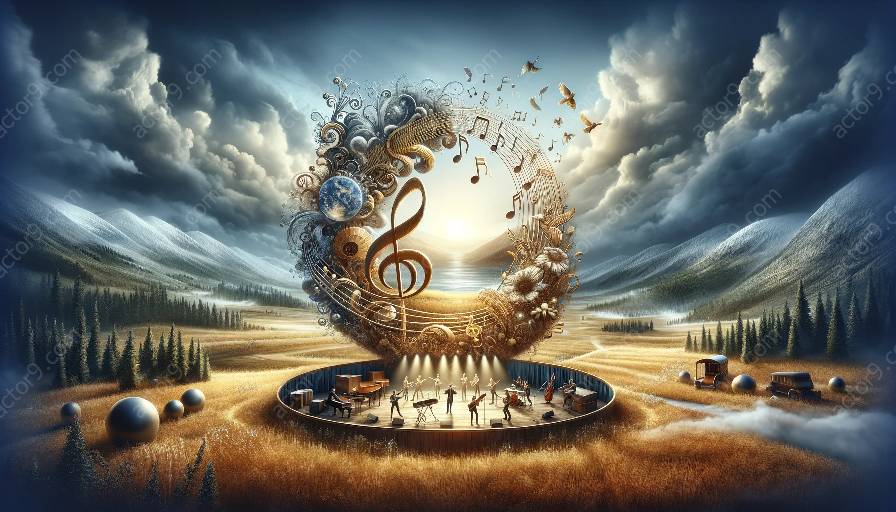The use of music and lighting design in circus performances plays a pivotal role in creating an immersive and captivating experience for audiences. These elements work in harmony to enhance the overall impact of the circus arts, creating a synergy that adds depth and emotion to the performances.
Role of Music in Circus Performances
Music serves as a powerful tool in evoking emotions and setting the mood for circus performances. It guides the audience through the various acts, adding rhythm and intensity to the show. With the ability to complement the movements of the performers, music amplifies the visual impact of the circus arts, syncing the audience's experience with the on-stage action.
Circus Arts and Music: A Perfect Partnership
The dynamic nature of circus arts calls for an equally dynamic musical accompaniment. Whether it's a high-flying trapeze act or a vibrant acrobatics display, the music sets the tone, building anticipation and amplifying the spectacle. This partnership between music and circus arts emphasizes the symbiotic relationship between the two, creating a cohesive and mesmerizing performance that transcends traditional entertainment.
Impact of Lighting Design in Circus Performances
Lighting design is an indispensable component of circus performances, working hand in hand with music to create a visually stunning and immersive experience. The interplay of light and shadow, coupled with the synchronization of music, accentuates the performers' movements, adding another layer of depth to the overall narrative of the show.
Synchronizing Music and Lighting Design
When music and lighting design complement each other, the result is a seamless and captivating performance that transcends the boundaries of the circus arts. From breathtaking aerial displays to heart-stopping stunts, the synchronized interplay of music and lighting design elevates the audience's connection to the performance, leaving a lasting impression that extends far beyond the spectacle.
Conclusion
The interactions between music and lighting design in circus performances are transformative, shaping the very essence of the circus arts. Together, music and lighting design create a sensory experience that captivates and enchants audiences, underscoring the unparalleled allure of circus performances.


































